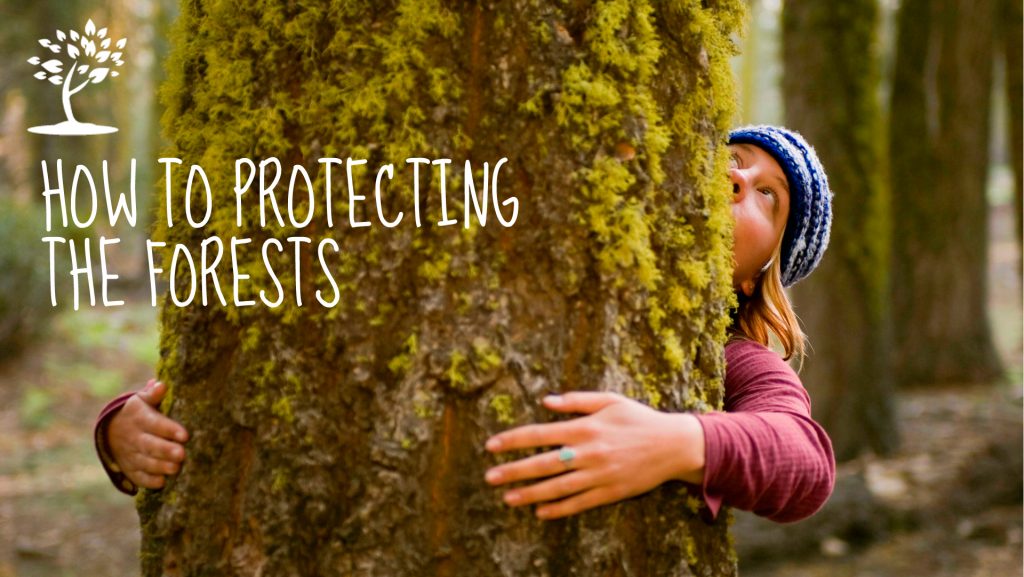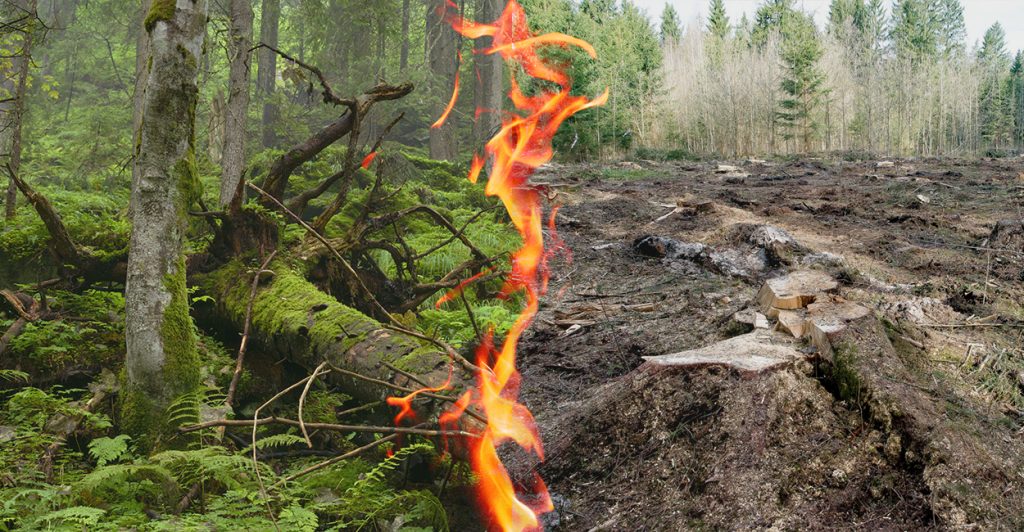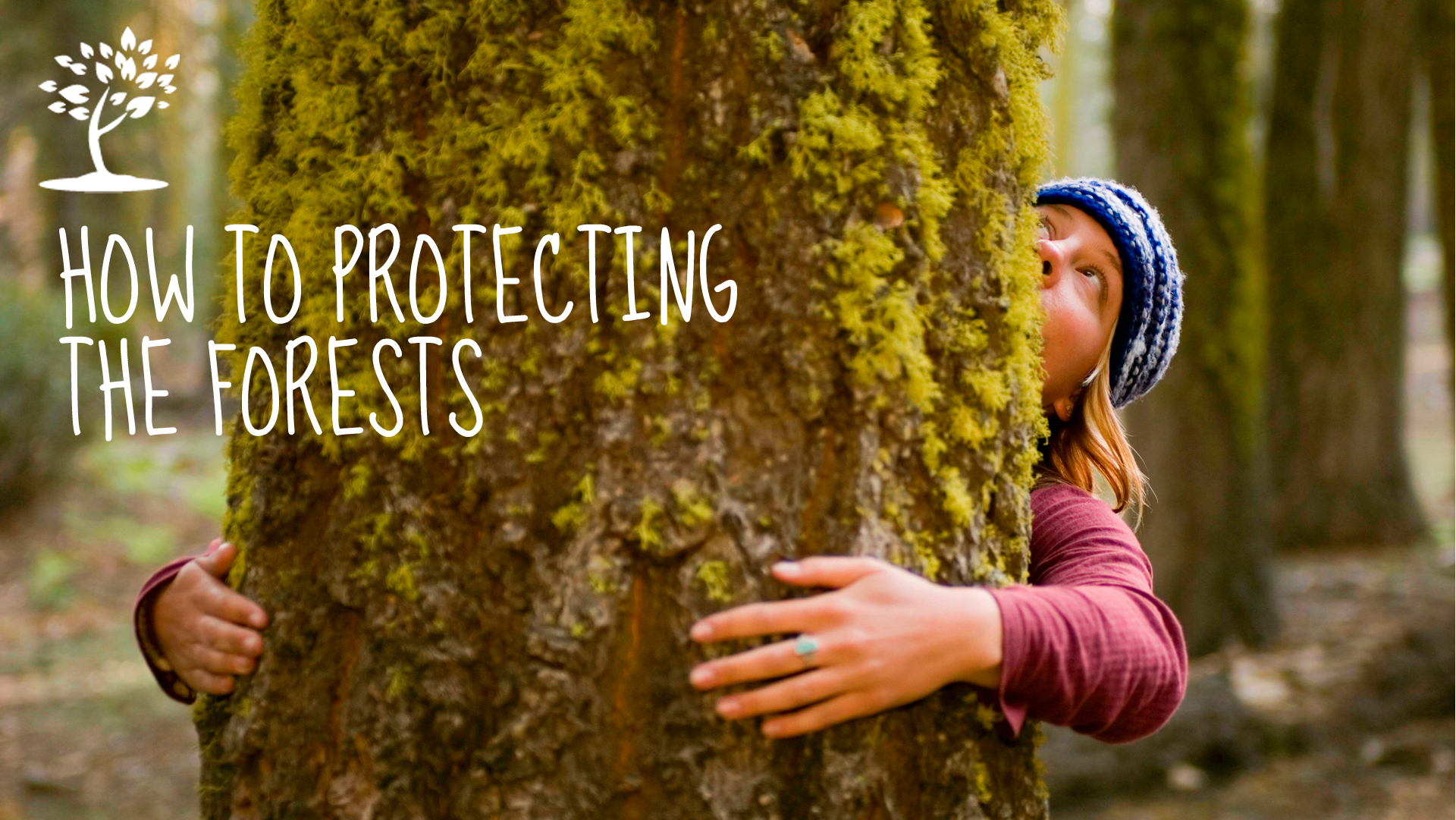The Importance of Protecting the Forest
When Ka’apor threatened their borders in 1982, the federal court ordered the creation of security posts and ordered the community to organise self-defence missions. Ka’apor forest guardians use bow and arrows, a borduna baton, and an old rifle. They also have the capability of shooting a rusty rifle and can defend themselves against attackers by using a gun hidden in their clothing.
Co-management partnerships
One of the most important components of a co-management partnership is the agreement. Co-management agreements are written agreements that outline the basic principles of cooperation in forest protection and management. The management part of the agreement consists of the six ‘W’s’: general conditions, natural resource management rules in each zone, penalties, reporting schedules, and implementation terms. The agreement also identifies the roles and responsibilities of the key actors in decision-making.

Reforestation
Reforestation is an important process that helps restore the environment. In addition to preserving the forest canopy and ecosystem, reforestation ensures a healthy forest structure. Various types of trees, including conifers, are planted to help reestablish the forest. Reforestation can also help reduce the effects of climate change, by absorbing CO2 and producing oxygen. In addition, reforestation provides many other benefits, including wildlife habitat, clean water, and forested recreation.
Planting trees
Whether we like it or not, saving forests is important for the world’s climate. In fact, between 2001 and 2019, forests stored 7.6 billion tons of carbon dioxide. That’s more than 1.5 times the amount of carbon dioxide produced by the United States alone! While planting trees is popular right now, preserving forests is of even greater importance. It’s time for us to stop making a virtue out of planting trees and instead focus on saving the world’s forests.
Maintaining a forested buffer along streams
A forested buffer can serve a number of functions, ranging from sediment removal to the treatment of nitrogen and other pollutants. The first line of defense for streams and rivers, forests also provide benefits to communities, such as increased property values and the reduction of air and water pollution. Furthermore, trees provide a number of ecosystem services, including absorbing CO2 and releasing oxygen. This is especially important as buffers provide a healthy habitat for freshwater fish.

Avoiding pesticides near bodies of water
The first rule of avoiding pesticides near bodies of water is to understand how they affect groundwater. Pesticides can easily migrate into groundwater if applied in or near areas with shallow water tables. The risk of runoff is higher if the pesticides are applied immediately after heavy rains, or if the ground is frozen or saturated. The main source of runoff is surface waters, but groundwater can also be affected if surface streams and watersheds connect to deeper underground water sources.

